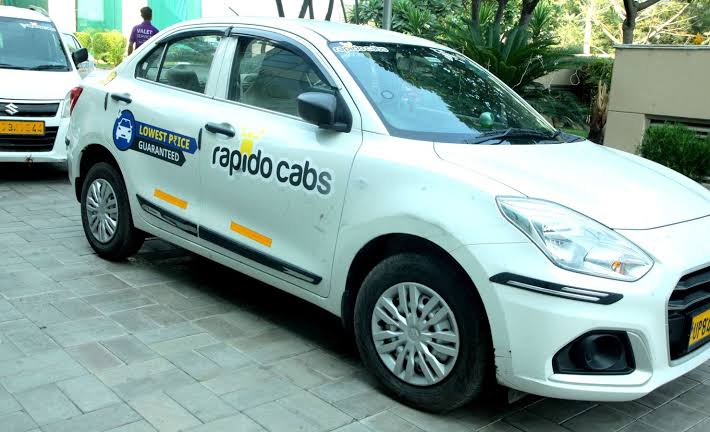New Delhi, July 2: Passengers booking cabs through apps like Uber, Ola and Rapido could soon pay up to twice the base fare during rush hours, as the Ministry of Road Transport and Highways has unveiled new guidelines allowing higher dynamic pricing and stricter safety measures for aggregators.
The “Motor Vehicles Aggregator Guidelines 2025,” released by the ministry, permit aggregators to charge between half and twice the base fare, a shift from the current ceiling of 1.5 times. The base fare itself will apply for a minimum of three kilometres to account for “dead mileage”—the distance drivers travel without passengers and the cost of picking them up.
“The aggregator shall be permitted to charge a minimum of 50 per cent lower than the base fare and a maximum dynamic pricing of two times the base fare,” the guidelines state.
Fares will continue to be determined by state governments for different vehicle types, and states have been advised to adopt the new guidelines within three months.
The revised rules also tighten regulations around ride cancellations. Both drivers and passengers could face a penalty of up to 10 per cent of the fare, capped at Rs 100, for cancelling rides without valid reasons accepted by the aggregator.
Aggregators must also ensure drivers have health insurance coverage of at least Rs 5 lakh and term insurance of Rs 10 lakh. Additionally, vehicles older than eight years will be barred from operating on aggregator platforms.
To bolster safety, all aggregator vehicles must install Vehicle Location and Tracking Devices (VLTD), which must remain operational at all times. Apps will now feature mechanisms to detect route deviations by drivers; any such deviation will immediately alert a control room tasked with contacting the driver and passenger.
The guidelines also mandate aggregators to maintain a 24×7 call centre, offering assistance in English and the official language of the state.
A significant new focus is on environmental sustainability, with aggregators required to meet government-set targets for including electric vehicles in their fleets—a move aligned with India’s broader push for greener mobility.
The government will establish a central online portal to simplify licensing processes for aggregators, with a licence fee of Rs 5 lakh valid for five years.
India’s ride-hailing landscape has evolved rapidly since the first aggregator guidelines were issued in 2020. Rising demand for flexible mobility solutions like bike-sharing, electric vehicles, and auto-rickshaw services has broadened the sector’s reach. The 2025 guidelines seek to balance this growth with passenger safety and driver welfare.
Cab Fares May Double in Peak Hours Under New Govt Rules; Stricter Safety Norms for Aggregators

